
The National Videogame Museum began collecting stories about the public’s lockdown-fueled fascination with Animal Crossing: New Horizons back in August 2020. The museum’s curators and archivists solicited hundreds of diary entries from players all around the world, all of whom were more than happy to share the details of their island adventures with Tom Nook, Isabelle, Blathers, and all the other villagers.
Now, after more than a year of hard work, the NVM is finally ready to open the virtual doors to their Animal Crossing Diaries online exhibition:
While the world was on pause, the island paradises of Animal Crossing: New Horizons thrived, welcoming those in isolation with open arms (and paws). The game became a routine part of everyday life. Cancelled plans were reimagined and reprogrammed to the virtual sandy shores of players’ islands. For many people unable to socialise in real life, the game became a vital creative space for personal connection.
Using Animal Crossing: New Horizons to maintain that personal connection with friends and family quickly became a huge part of the game’s appeal. Players also gravitated towards it’s strong emphasis on creativity and personal style, as well as the importance it placed on maintaining a daily routine. The NVM saw these common threads appear again and again throughout the diaries, ultimately sorting each entry into one of five categories:
Keeping A Routine – Faced with an uncertain day to day life in lockdown, players turned towards the game for an escape. If you couldn’t find a comforting routine in real life, the game could provide. For many players, Animal Crossing: New Horizons was not a comforting distraction. It saved 2020.
Making Your Space – An island can be a place of comfort to create a world that expresses its player’s personality. It can be a social, artistic and cultural space shared with others across the world. For some it is a space in which processing feelings of stress, anxiety and grief can take place. Players making spaces to travel, connect and share experiences opened up new possibilities. For many players, events were accessible for the first time via virtual spaces.
Representing Yourself – Many games, like Animal Crossing, have a main hero you can customize to look like you.
Sharing Creativity – The closure of museums and other cultural events limited access to creativity. And while the island does have its own museum of art, insects, fish and fossils, it also has a range of design options. You can create your own outfits, patterns and even games! Players could recreate cultural and artistic events that couldn’t happen in 2020.
Staying In Touch – For many people, the pandemic means social distancing from friends and family. This creates a sense of isolation many struggle with. In the game, welcoming new neighbours to your island placed a big focus on social connections.
Visitors to the Animal Crossing Diaries exhibition can also explore diary entries through a timeline feature that highlights important days on the New Horizons calendar (like Wedding Season and Toy Day), along with more impromptu in-game events (such as Biden Island and Pride Month) that were created by the players themselves.
The NVM plans to maintain and expand the Animal Crossing Diaries exhibition project going forward, and you can add your story to the collection using their Online Submission Form.


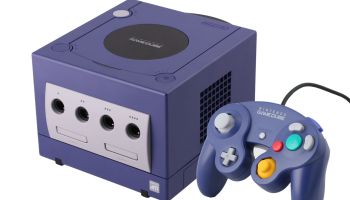

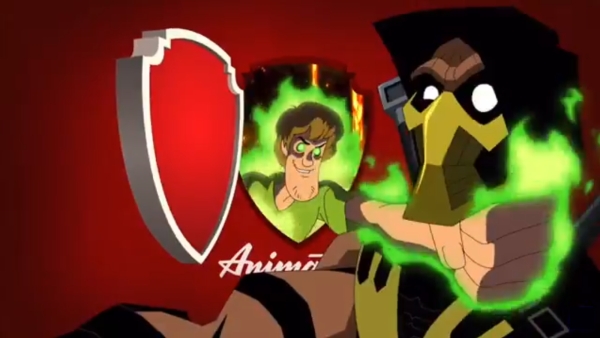

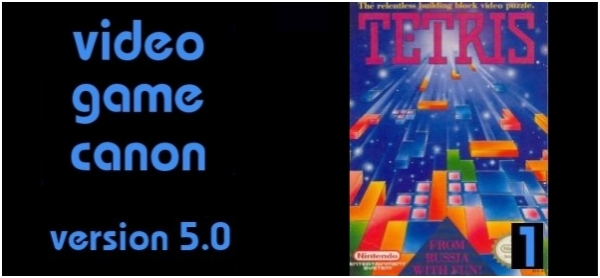

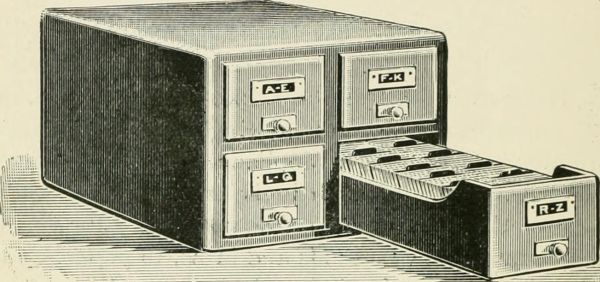

 Dozens of publications used the final weeks and months of 2019 to pick the
Dozens of publications used the final weeks and months of 2019 to pick the 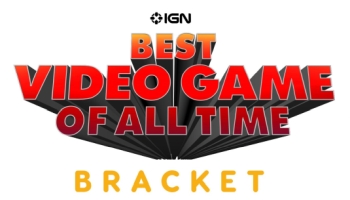
 IGN’s editors and contributors have produced multiple Best Games lists over the last 20 years (the most recent, the “
IGN’s editors and contributors have produced multiple Best Games lists over the last 20 years (the most recent, the “

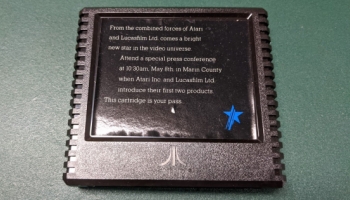


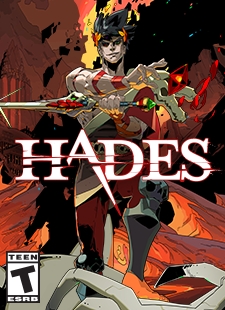 Nintendo made last year’s pandemic-related lockdowns more bearable with Animal Crossing: New Horizons. Naughty Dog ruled the Summer with The Last of Us Part II. CD Projekt finally showed us their vision of the future with Cyberpunk 2077. And Valve brought virtual reality to a new level with Half-Life: Alyx (the first expansion to the Half-Life franchise in over a decade).
Nintendo made last year’s pandemic-related lockdowns more bearable with Animal Crossing: New Horizons. Naughty Dog ruled the Summer with The Last of Us Part II. CD Projekt finally showed us their vision of the future with Cyberpunk 2077. And Valve brought virtual reality to a new level with Half-Life: Alyx (the first expansion to the Half-Life franchise in over a decade).
